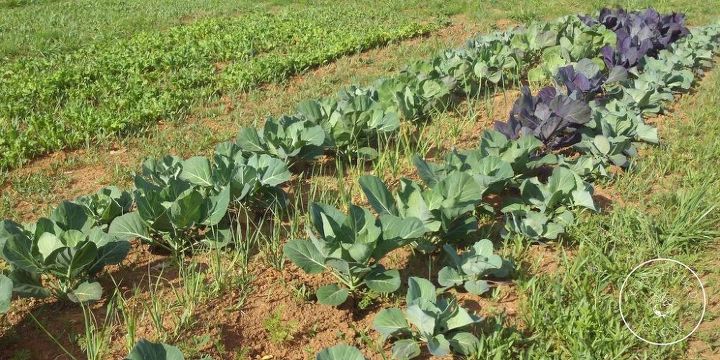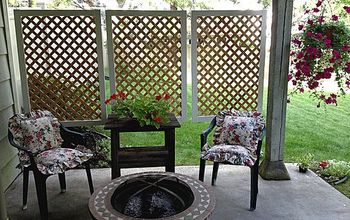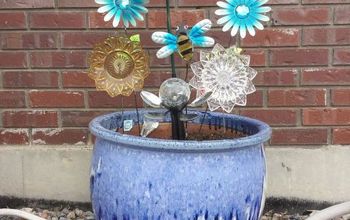How to Grow Your Own Cabbage Patch.

by
Laura.YSG
(IC: blogger)
3 Materials
Cabbage is an excellent and often overlooked vegetable for the home garden. The health benefits of cabbage rival those of kale and growing cabbage is really easy if you know a bit about the plant.
After adding compost to amend your soil if needed, drag out rows in your garden for your cabbage seeds or plants.
Cabbages, like other brassicas, prefer cooler temps so they need to be in the garden before it gets too hot. Cabbages can be started from seed indoors 6-8 weeks before the last frost. Plants can be set outside about a month before the last frost.
Start your fall crop indoors or direct seed mid to late summer. Choose an area in your garden that will get shade in the hot afternoons of summer. The heat will encourage the plants to go to flower (also known as bolting). Once they’ve flowered, the leaves are not as tasty, so try to get them in the kitchen before they start going to seed.
For your cabbage patch, plan on growing at least 3 plants per person, and give the large heading varieties 1 square foot of space per plant.
Cabbages will grow in most places, but they need moist, nutrient-rich soil for the best taste and greenest leaves. Compost makes a great mulch and fertilizer for these plants.
To increase your yield in a small space, plant them 6 inches apart and harvest every other one before maturity. You’ll enjoy the younger, more tender and sweet heads of cabbage for your first crop. Allow the other plants to grow to full size for a second harvest.
Check for maturity by squeezing the heads. When it’s firm and tight, it’s done. Cut underneath the head with a sharp knife. If you leave the stalks and roots in the ground, you might get a few baby-sized cabbages growing from it. Bonus! Harvest those baby cabbages and eat them as you would brussel sprouts.
Your cabbage patch will perform best if you keep your garden well tended. Gently remove weeds as they come up and pluck caterpillars and slugs when you see them. If more pest control is needed, organic sprays containing spinosad and insecticidal soaps can decrease the number of pests on your plants.
It’s best to water your cabbage patch as close to the ground as possible. Try not to let water seep into the cabbage heads. Pooling water within the leaves will facilitate fungal and bacterial infections.
Crop rotation is very effective at minimizing pest and disease issues. Avoid planting your cabbage patch (or other cruciferous vegetables) in the same location for the next 2 years.
Enjoyed the project?
Suggested materials:
- Compost and garden soil (home improvement store)
- Cabbage seeds or plants (home improvement store)
- Soaker hose or other watering method (home improvement store)

Want more details about this and other DIY projects? Check out my blog post!
Published March 6th, 2017 1:31 PM
Comments
Join the conversation
3 of 10 comments
-
-
-
 Cinda Besrdsley
on May 08, 2017
Cinda Besrdsley
on May 08, 2017
See my photo below for another great way to plant cabbages.

-





























Frequently asked questions
Have a question about this project?